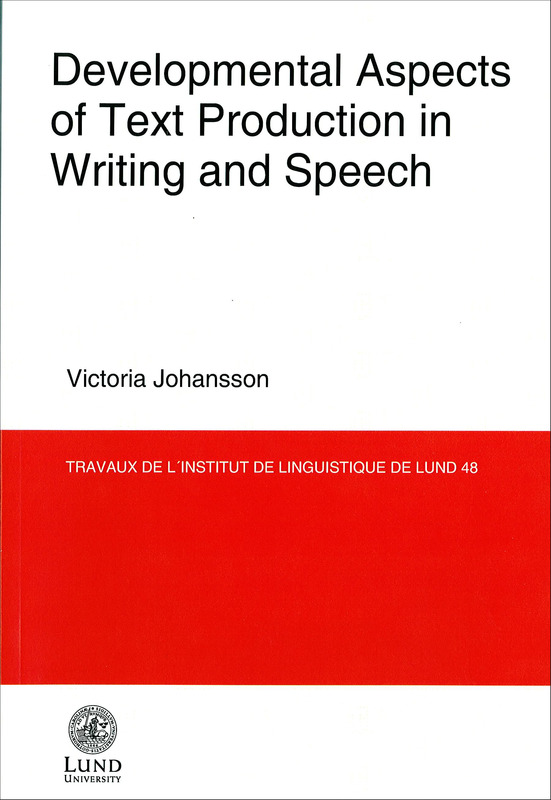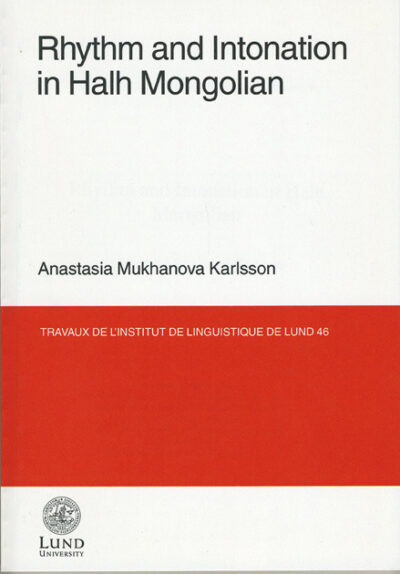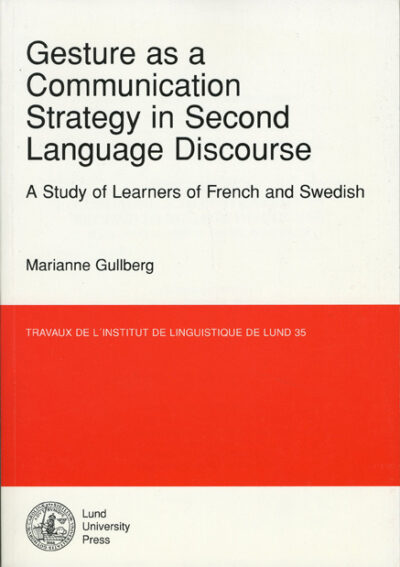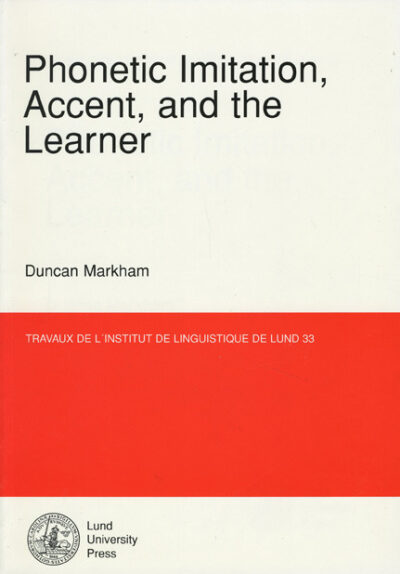- Den här produkten kan inte köpas.
Developmental Aspects of Text Production in Writing and Speech
Victoria Johansson
218 kr
Beskrivning
This thesis aims at describing the developmental patterns of text production in four text types: spoken and written narrative texts, and spoken and written expository texts (n=316), produced by four age groups: 10-year-olds, 13-year-olds, 17-year-olds and university students (n=79). It explores material from an experimental study with a cross-sectional design comprising spoken texts recorded on video and written texts recorded by means of keystroke logging, which makes it possible to investigate the real-time process of written text production.
Various measures of text production were compared across age, genre and modality. This revealed almost no differences between 10-year-olds and 13-year-olds concerning the number of words, clauses or T-units. Nor were there any differences between the 17-year-olds and the university students. This indicates that a major developmental step occurs between the ages of 13 and 17. However, other results, including comparisons of MLU, words per T-unit and clauses per T-unit, an analysis of lexical density and diversity in both speech and writing, and an investigation of the use of editing and deletion operations on the keyboard during text writing, all suggest that the developmental trend is more complex. One example is that the 13-year-olds have a higher MLU and more words per T-unit than the 10-year-olds.
Further, the investigation of the keystroke-logging data reveals the real-time process behind the texts. Here we find that the 13-year-olds engage in editing operations to a larger degree. The comparatively short and lexically poor texts (especially in the expository genre) of the 13-year-olds can thus be interpreted as the result of their struggling to meet the structural demands of a specific text type. Further findings indicate that although 17-year-olds in many ways can compete with university students in writing, if they are allowed to write for longer time. However, the university students perform better at the expository spoken task, suggesting that the adults are better at drawing from strategies learned from writing as they carry out a cognitively demanding spoken task. Finally, an analysis of the global pause pattern during writing suggests that genre characteristics are important factors that influence the cognitive load during text writing.
The interplay between speech and writing is an important factor for developing and maintaining skills in both modalities. While the writing of the youngest age group in this study is influenced by strategies derived from speaking, the adults seem able to benefit from strategies and linguistic structures learned through writing when they are, for example, giving a speech. The thesis ends with a discussion of how constraints affecting working memory influcence performance in both speech and writing. To reduce the cognitive effort of language production, both speakers and writers rely on strategies and knowledge they have previously acquired. This entails an important transfer of knowledge and structures between both modalities and genres.
Ytterligare information
| Vikt | 495 g |
|---|---|
| Storlek | 14 × 169 × 239 mm |
| Språk | Engelska |
| Antal sidor | 225 |
| Publikationsår | 2013 |
| Bandtyp | Häftad |
| ISBN | 91-974166-7-1 |
| ISSN | 0347-2558 |
| Volym | 48 |





